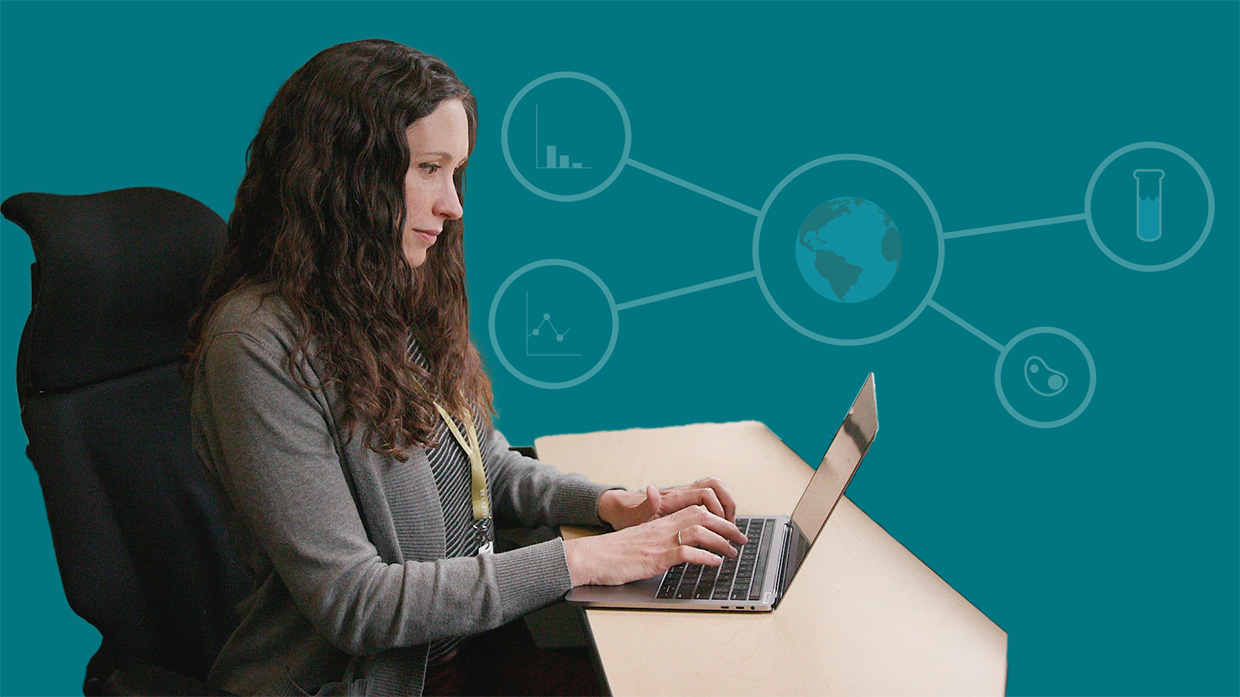
The Basics2Breakthroughs video series focuses on early career scientists discussing their research and what they hope for the future in that research.

The “Science in Motion” video series focuses on real approaches, technologies, and solutions that Berkeley Lab is using to solve complex challenges for science, people, and the planet.
From revolutionary advances in fuels to everyday products like cosmetics, bioreactors are at the forefront of science discoveries. Berkeley Lab’s Advanced Biofuels and Bioproducts Process Development Unit is starting to explore self-driving bioreactors. Learn how they plan to advance the future of bioreactors with autonomous systems, equipped with AI-microscopy and advanced quantum sensors.
Formed from collapsed stars, pulsars are tiny astronomical objects that emit stunning, twin beams of light from each pole. Researcher Revathi Jambunathan is developing computer models of pulsars to answer questions about large-scale features, like their epic light displays and powerful electromagnetic fields, all the way down to the atomic-scale interactions of charged particles in the outer layer of plasma. This pioneering work will help us better understand the physics governing particles inside stars light years away, and those inside particle accelerators here on Earth.